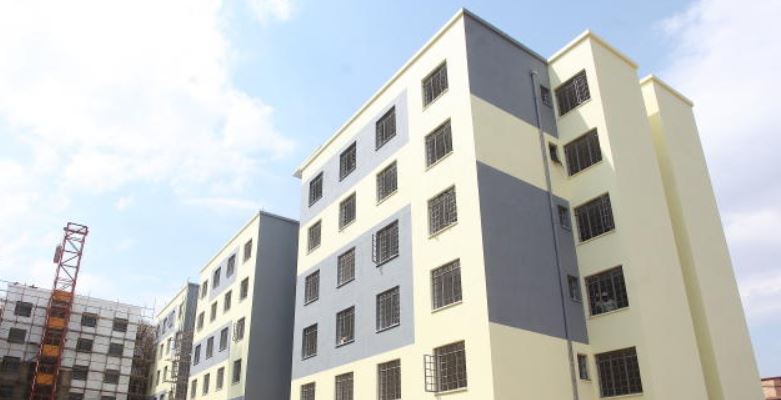×
The Standard e-Paper
Fearless, Trusted News

Kenya’s real estate market is in turmoil as developers grapple with empty buildings owing to a combination of factors, including a glut in residential and commercial houses as well as reduced buying power among Kenyans. But a few players are emerging as outliers, projecting a bullish image during the dire times.
Chinese developers are among those that appear to be defying the trend in Kenya’s property market. While they too talk of sluggish uptake, their degree of optimism is way higher than their local counterparts.